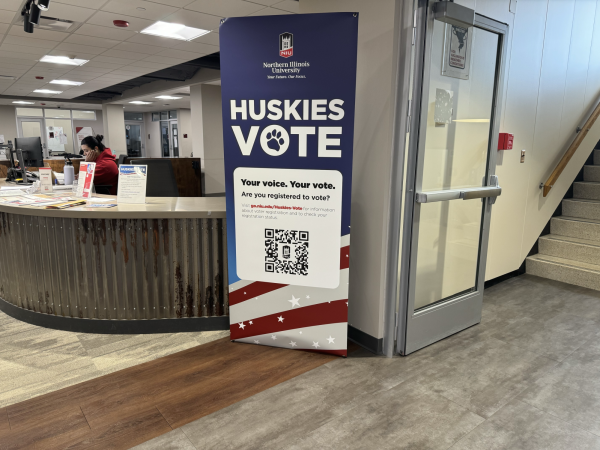Health center: Campus drug abuse down
July 6, 1988
Despite national and local concern about increased substance abuse, University Health Services personnel report campus drug use is decreasing.
Citing statistics from the National Institute on Drug Abuse, Michael Haines, NIU Health Enhancement Services coordinator, said drug use has decreased at NIU and in the nation. The institute’s research, which was based on a questionnaire, indicates college students’ use of cocaine during a 12-month period decreased from 17 percent in 1980 to 13 percent in 1987.
“There are people who are drug abusers and need help,” Haines said. “But the street drug at college campuses is a relatively rare animal, and it has gotten rarer at the same time the press and politicians are making a big issue out of it.”
Haines said although the health service talks to students with drug-related complaints each semester, no numbers are available concerning the frequency of drug-related problems and types of drugs most commonly used.
“If someone is a chronic cocaine user and sees a practitioner at the health service for sleep difficulties or headaches, the visit is recorded under those items,” Haines said.
Students usually visit the health service a day or a week after they have had a reaction to drugs, Haines said. Cocaine, marijuana and other drugs might result in flashbacks, recurrent trauma, sleeping difficulty, concentration problems or self-doubt, prompting a visit to the health services, he said. Many of these cases are referred to the counseling center.
“Any life-threatening emergency, such as stomach pumping for a lethal overdose, is referred to Kishwaukee Hospital,” Haines said.
“Students use a higher dosage at one time,” Haines said. “Not so many are addicts or daily users.”
DeKalb Police say the drug problem in the county leaves a burden on the community.
“Drugs cost billions of dollars throughout the nation,” DeKalb Police Detective Sgt. Charles Kross said. “It’s becoming the number-one national problem.”
Haines said, “Even if there are more drug busts, this is more of an indicator of the increased funding available for police departments.”












